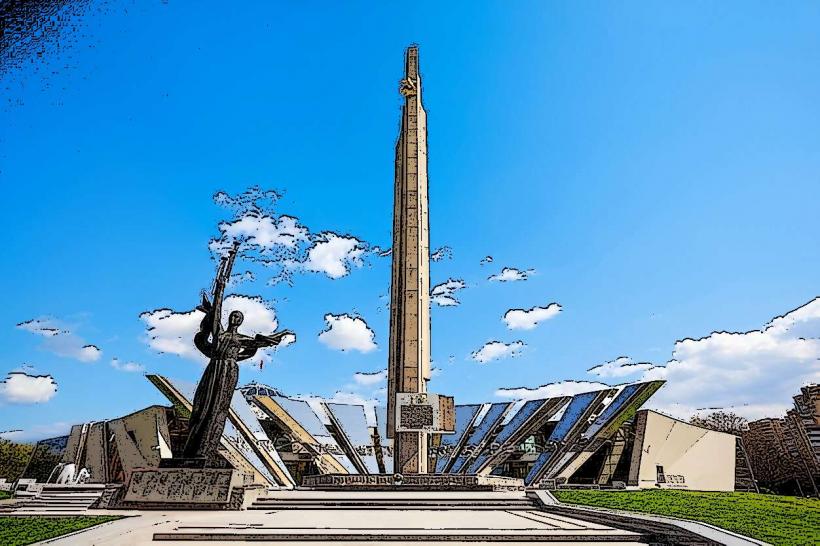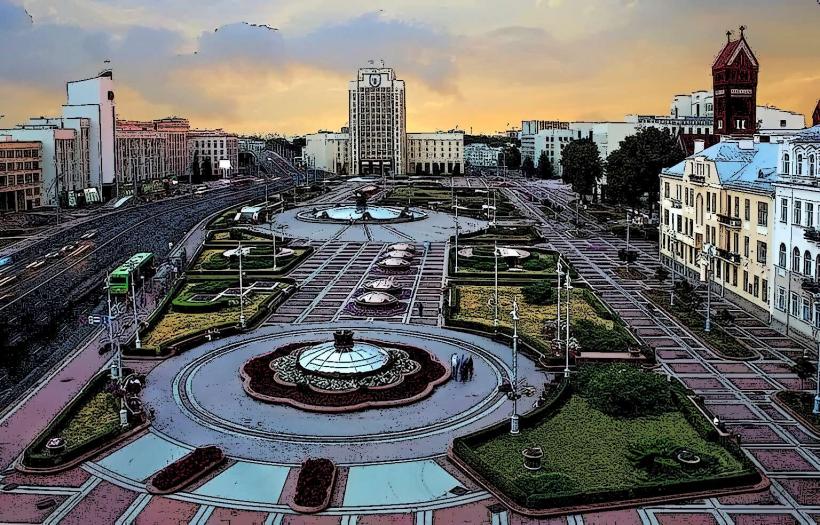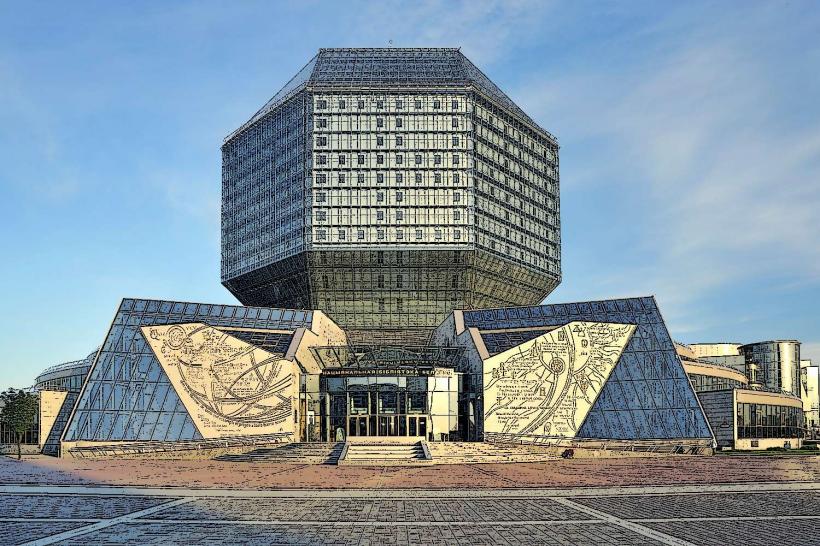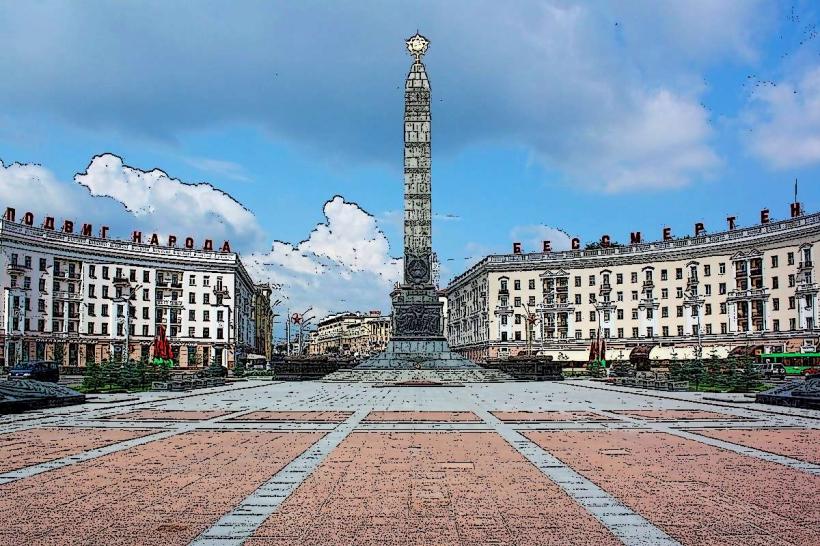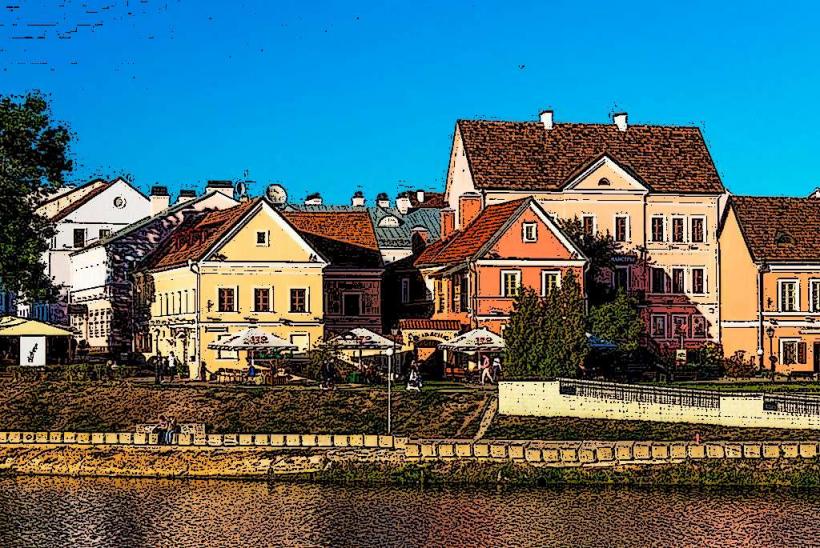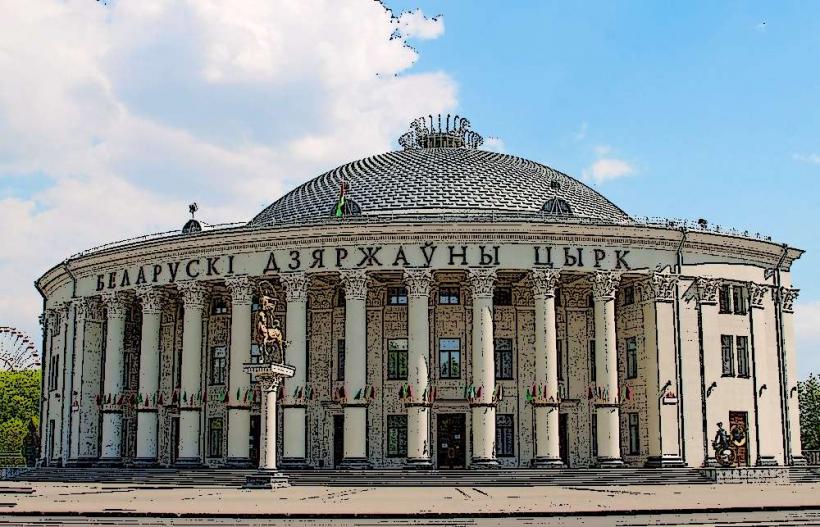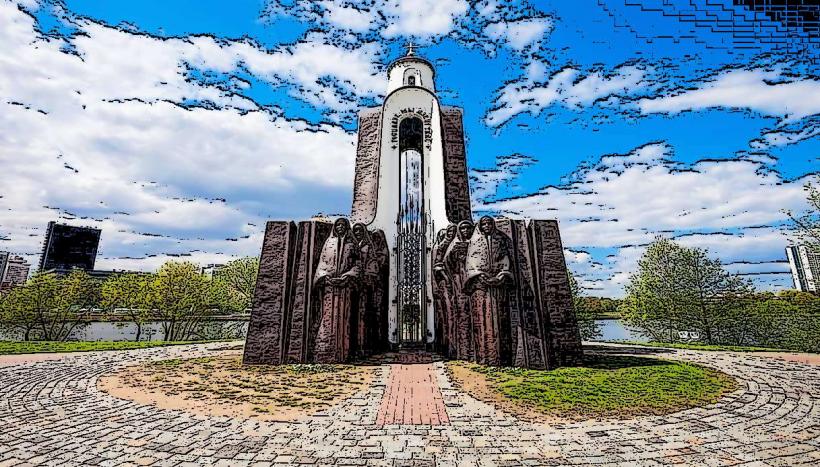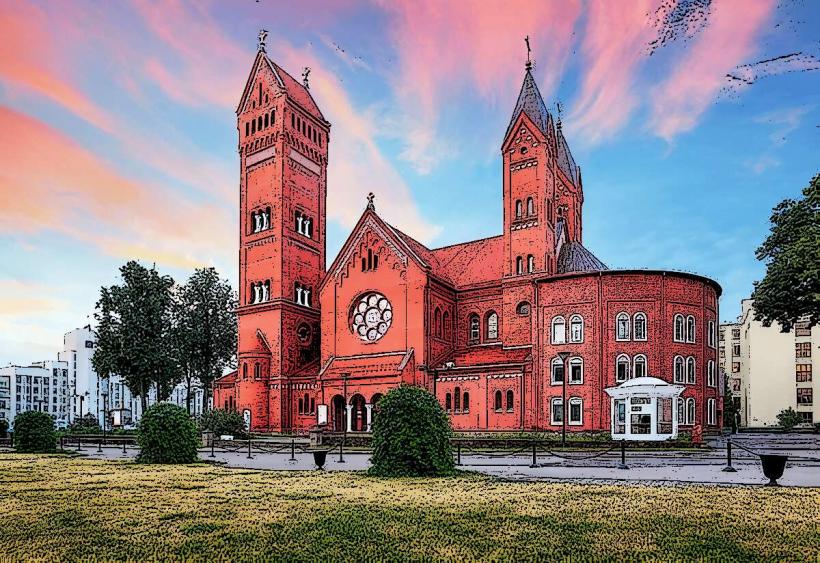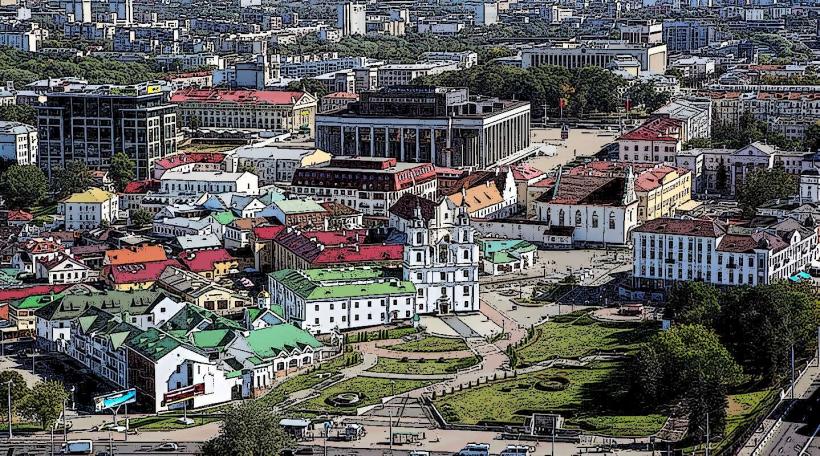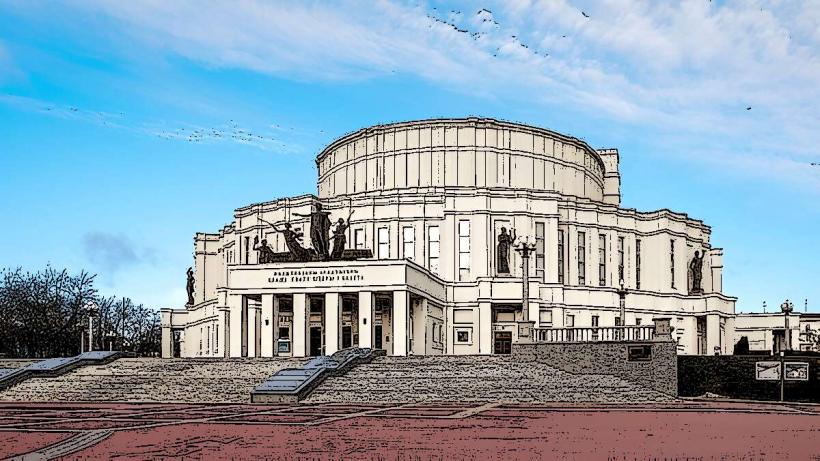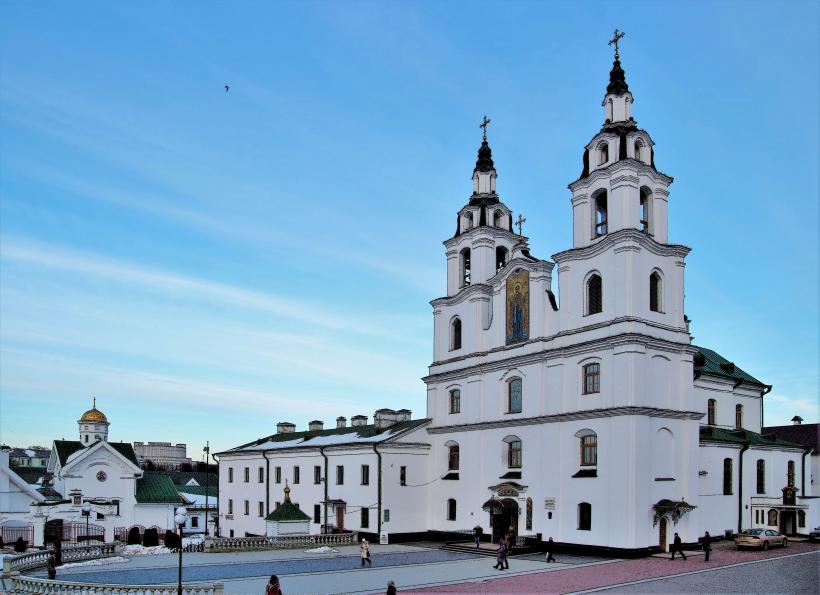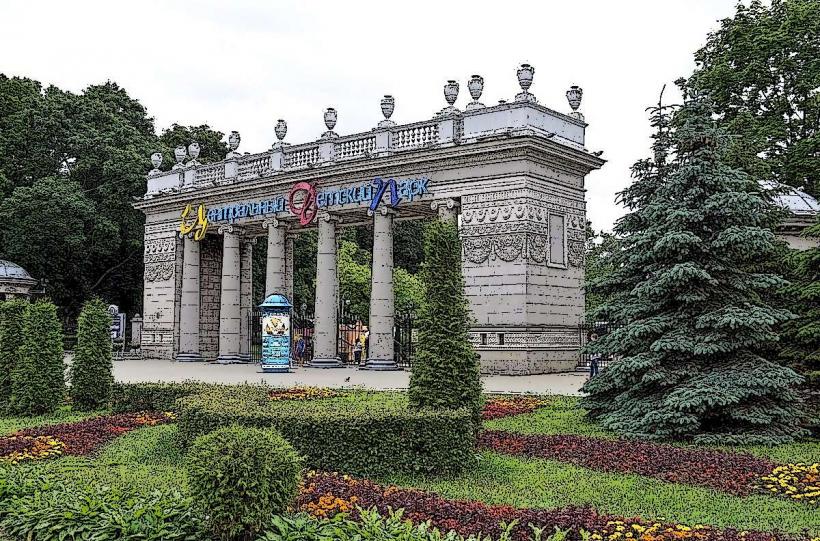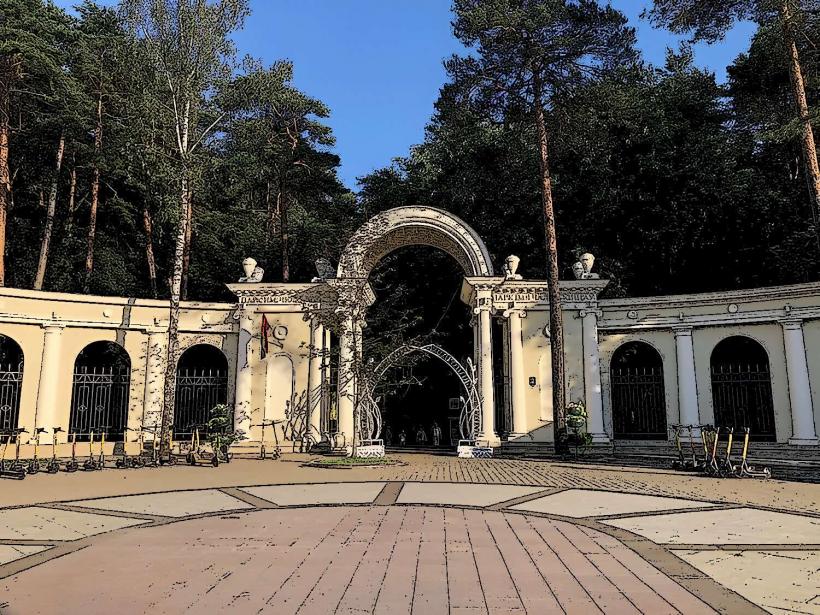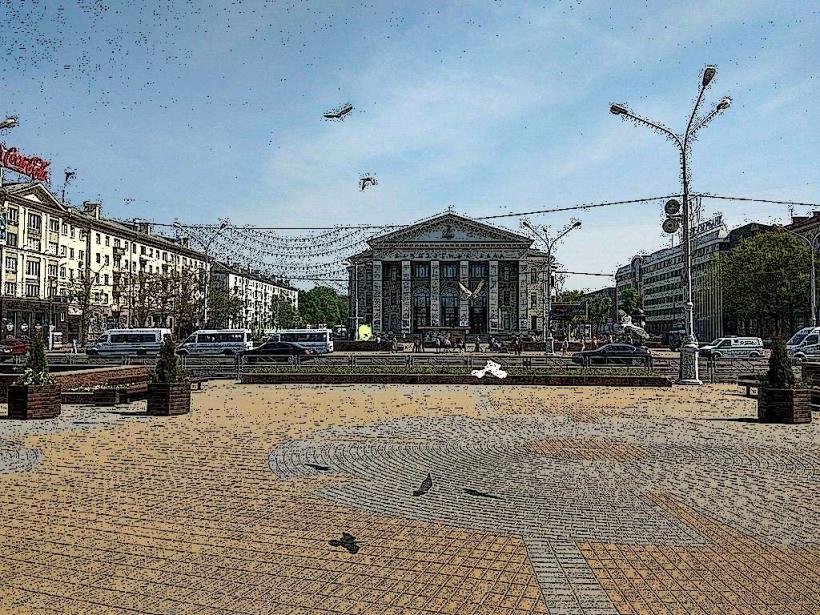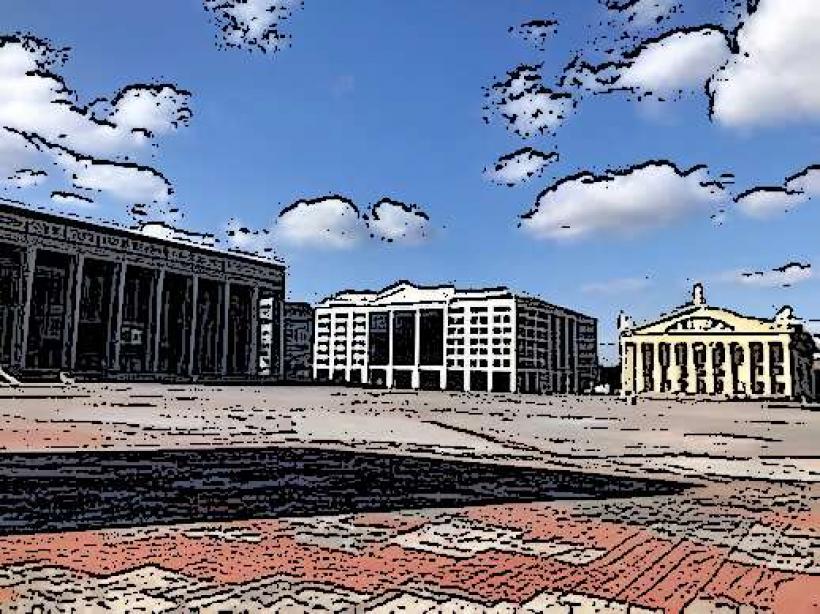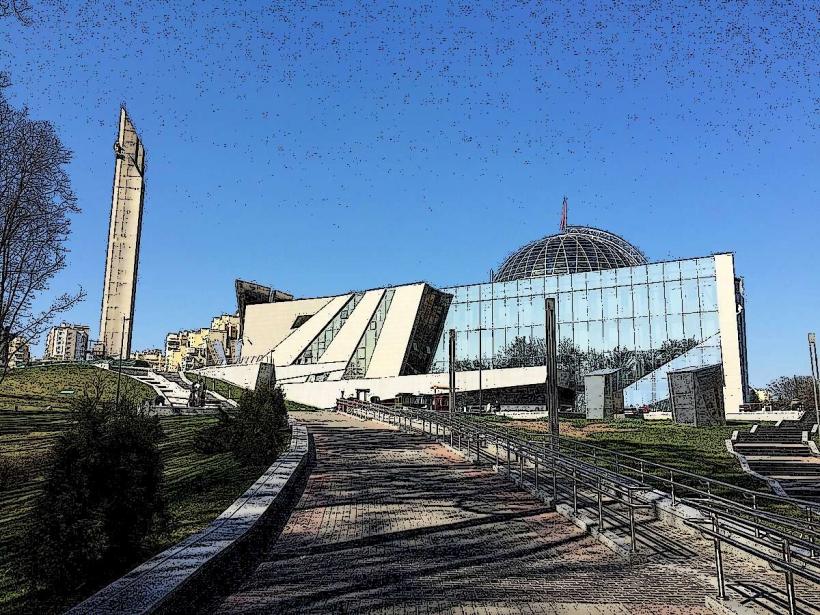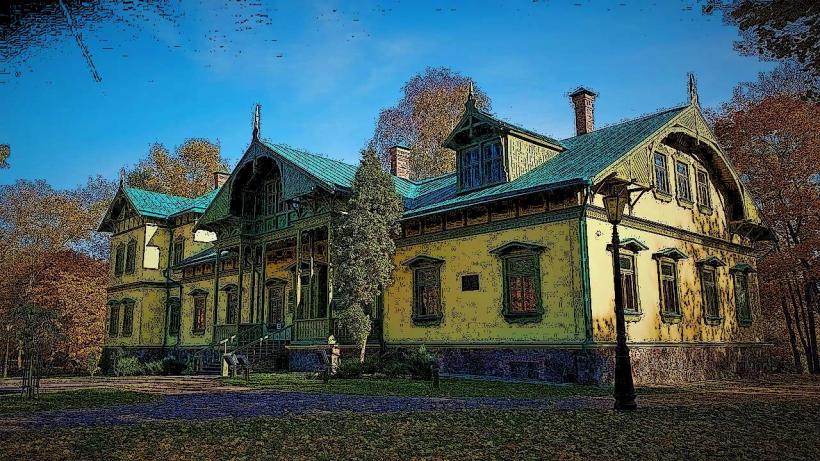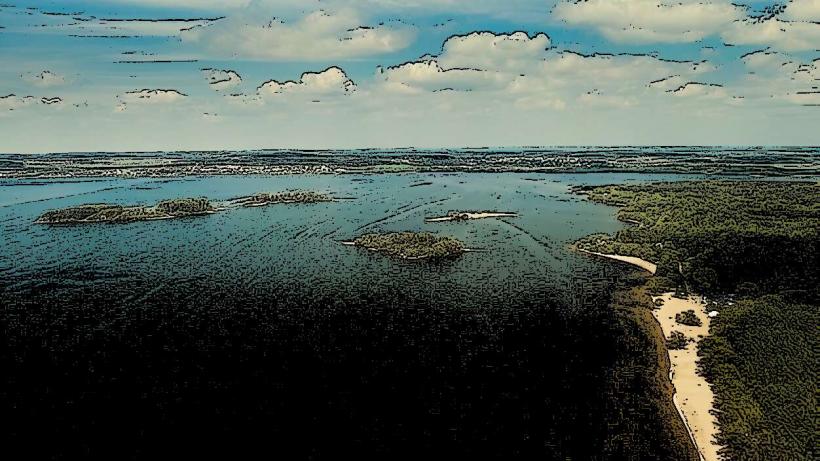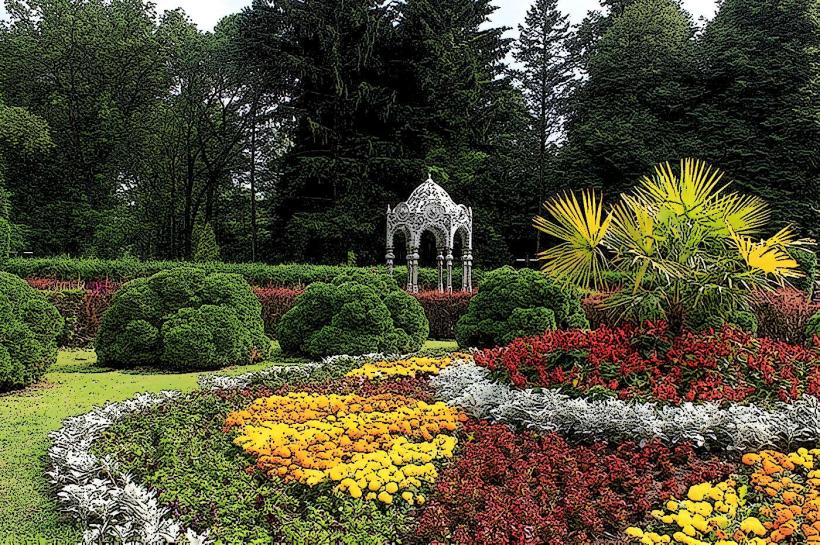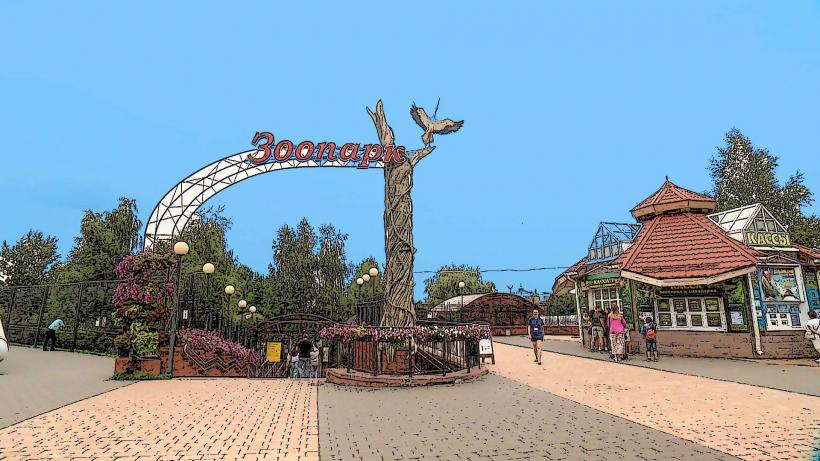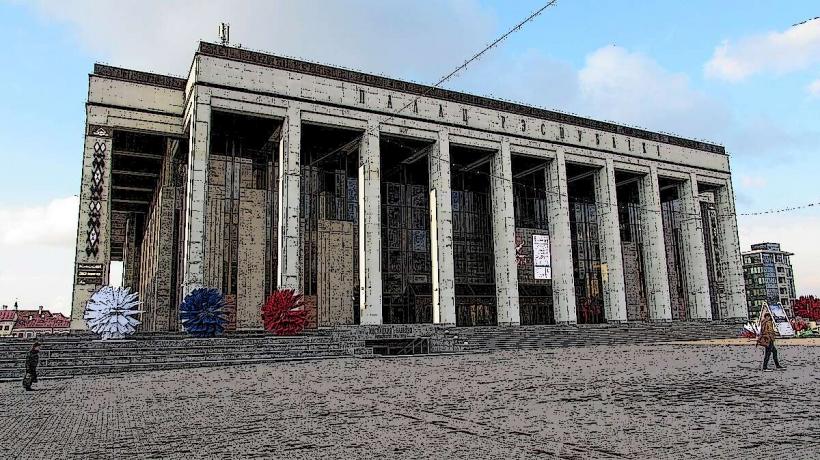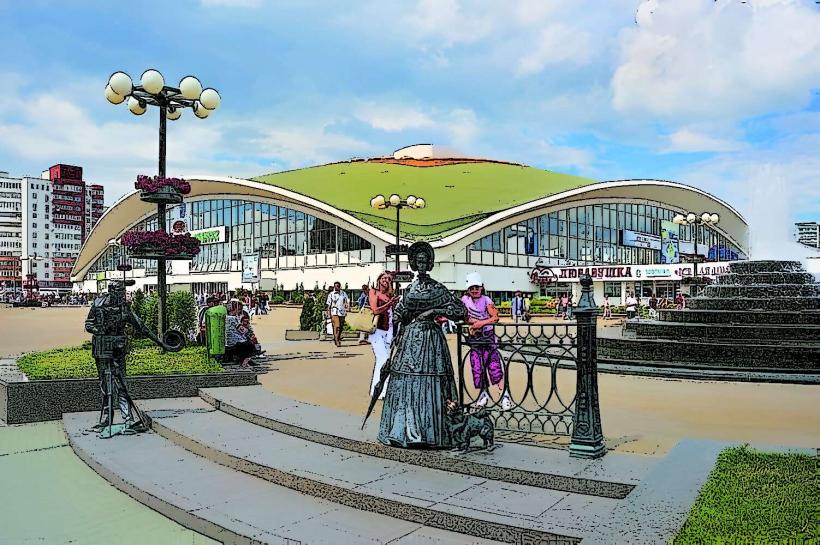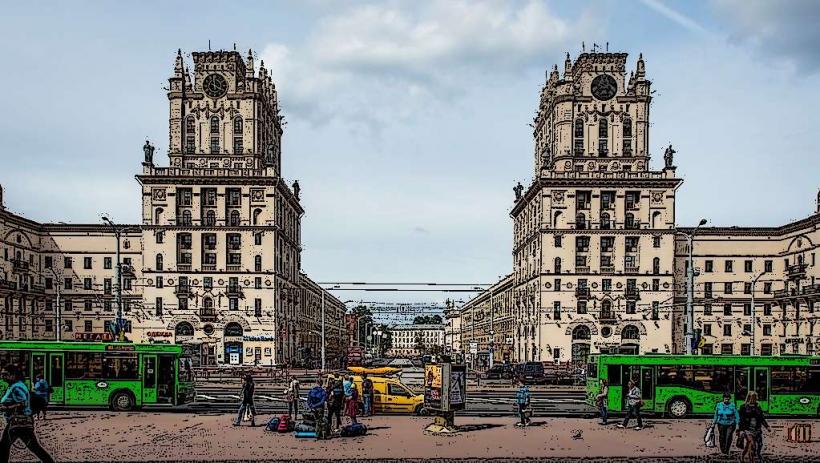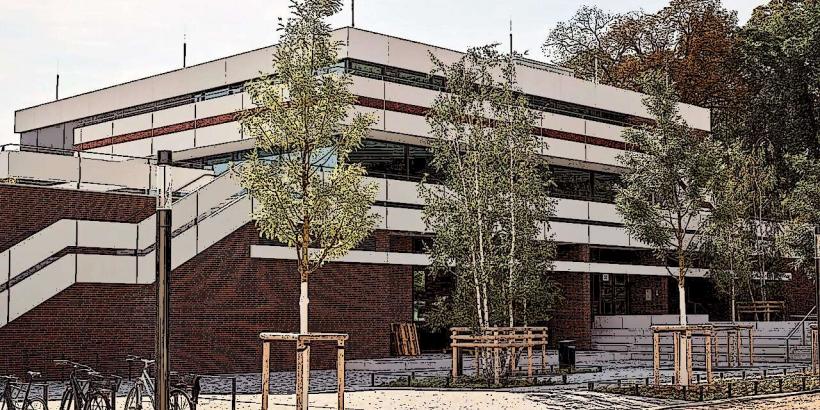Information
Landmark: Museum of Modern Belarusian StatehoodCity: Minsk
Country: Belarus
Continent: Europe
The Museum of Modern Belarusian Statehood is a unique cultural institution in Minsk, Belarus, dedicated to chronicling the development of the country’s statehood from its independence in 1991 to the present day. It provides an insightful look into Belarus’s political, economic, and cultural evolution in the modern era, offering visitors a comprehensive understanding of how contemporary Belarus has been shaped.
Overview and Purpose
Established in 2012, the museum highlights key milestones in the formation of the Belarusian state. It focuses on:
- National sovereignty and identity following the dissolution of the Soviet Union.
- The country’s political and economic policies.
- Contributions to science, education, culture, and sports.
- Belarus’s role in international relations.
The museum serves as an educational platform for citizens and visitors alike, fostering a sense of national pride and awareness about the country's achievements and challenges.
Location and Architecture
- Location: The museum is located in the government quarter of Minsk, not far from Independence Square and other key administrative buildings.
- Architecture: Its modern design aligns with the themes of progress and innovation, symbolizing the country’s forward-looking outlook.
Exhibitions and Collections
The museum’s exhibits are divided into several sections, each focusing on different aspects of Belarus’s statehood and development. Interactive displays and multimedia presentations make the experience engaging and accessible.
1. Independence and State Formation
- Chronicles the events leading up to Belarus’s independence in 1991.
- Includes documents such as the Declaration of State Sovereignty and the Constitution of Belarus.
- Highlights key political figures and moments in the establishment of the modern Belarusian state.
2. Presidency and Governance
- Focuses on the role of the President of Belarus in shaping the country’s policies and international image.
- Displays include personal items of Belarusian leaders, photographs, and gifts received during official visits.
3. Economic Achievements
- Showcases Belarus’s industrial and agricultural advancements, including major contributions from sectors like tractors, machinery, and IT.
- Features models of iconic Belarusian products such as BelAZ trucks and tractors from Minsk Tractor Works.
4. Culture and Heritage
- Celebrates the country’s modern cultural achievements in art, literature, and cinema.
- Displays works by contemporary Belarusian artists, writers, and filmmakers.
- Includes awards and recognitions received by cultural figures on national and international stages.
5. Science and Innovation
- Highlights breakthroughs in technology, healthcare, and education.
- Exhibits prototypes and interactive displays of Belarusian innovations.
6. Sports and International Achievements
- A tribute to Belarusian athletes and their accomplishments in global competitions, including the Olympics.
- Displays medals, trophies, and memorabilia from sporting events.
7. Foreign Policy and International Relations
- Explores Belarus’s diplomatic relations and role in global organizations such as the United Nations and CIS (Commonwealth of Independent States).
- Features gifts from foreign dignitaries and documents related to international agreements.
Interactive Features
The museum incorporates modern technology to enhance the visitor experience:
- Touchscreen kiosks: Allow visitors to explore detailed timelines, biographies, and multimedia archives.
- Virtual reality exhibits: Provide immersive experiences, such as virtual tours of key government buildings or significant historical events.
Cultural and Educational Role
The museum plays a dual role:
- Education:
- Designed to teach younger generations about Belarus’s journey to statehood and its modern achievements.
- National Pride:
- Serves as a source of inspiration by showcasing the country’s successes and aspirations.
Visitor Information
Location
- Situated in central Minsk, near government offices and Independence Square.
Opening Hours
- Typically open Tuesday to Sunday, from 10:00 AM to 6:00 PM. Closed on Mondays.
Admission Fees
- Entry is affordable, with discounts for students, children, and seniors. Guided tours are available for groups and individuals.
Accessibility
- The museum is designed to accommodate visitors with disabilities, including ramps and elevators.
How to Get There
- The museum is well-connected by public transport, including buses, trams, and the Ploshchad Lenina Metro Station.
Nearby Attractions
- Independence Square: A major civic hub featuring the Red Church and Government House.
- Museum of the Great Patriotic War: For those interested in Belarus’s World War II history.
- Gorky Park: A nearby green space for relaxation after the visit.
Why Visit the Museum of Modern Belarusian Statehood?
- Unique Focus:
- It’s one of the few museums globally dedicated solely to contemporary statehood.
- Comprehensive Experience:
- Offers a multi-dimensional perspective on Belarus’s modern achievements.
- Engaging Exhibits:
- Utilizes cutting-edge technology to create an immersive learning experience.
- National and International Context:
- Provides insights into Belarus’s role on the global stage.
Conclusion
The Museum of Modern Belarusian Statehood is a compelling destination for anyone interested in the recent history and development of Belarus. Through its engaging displays, interactive technology, and comprehensive collections, it provides a unique window into the country’s journey since independence, making it an essential stop for understanding contemporary Belarus.

